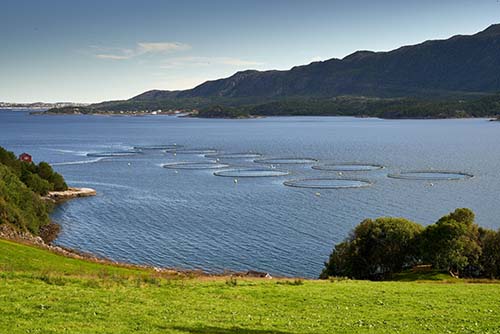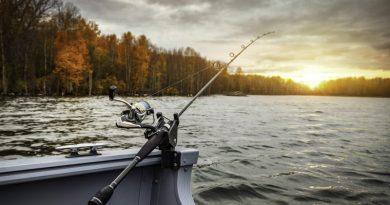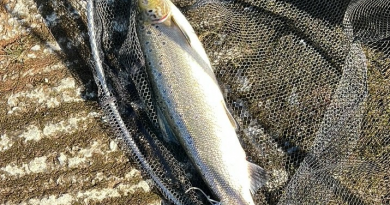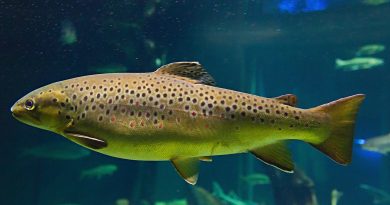The Impact of Salmon Farms on Sea Trout and Wild Salmon Stocks in Ireland
Salmon farming has become a significant industry worldwide, providing a consistent source of fish for consumption. However, the expansion of salmon farms in Ireland has raised concerns about their environmental impact, particularly on wild sea trout and salmon populations. This article explores the evidence and scientific publications that shed light on the damage caused by salmon farms in Ireland to these precious native species.
- Escaped Farmed Salmon:
One of the primary concerns is the escape of farmed salmon into the wild, leading to genetic interbreeding with native populations. A study conducted by the Marine Institute in Ireland found evidence of genetic introgression between escaped farmed salmon and wild salmon populations, potentially compromising the genetic integrity of the latter.
Reference: McGinnity et al., “Genetic Impact of Escaped Farmed Salmon on Wild Populations: Meta-Analysis of Quantitative Traits,” Ecological Applications (2003).
- Sea Lice Infestations:
Salmon farms are often associated with high concentrations of sea lice, parasitic organisms that can infest wild sea trout and salmon during their migrations. These sea lice can have detrimental effects on the health and survival of wild fish. Research by the National University of Ireland Galway indicates a correlation between sea lice infestations and declines in wild sea trout populations.
Reference: Jackson et al., “Impact of Lepeophtheirus salmonis infestations on migrating Atlantic salmon, Salmo salar L., smolts at eight locations in Ireland with an analysis of lice-induced marine mortality,” Journal of Fish Diseases (2013).
- Disease Transfer:
Salmon farms can serve as breeding grounds for various diseases that may be transmitted to wild populations. A study published in the Journal of Aquatic Animal Health highlighted the presence of pathogens in farmed salmon that could be transmitted to wild sea trout and salmon, leading to increased mortality rates.
Reference: Ruane et al., “Pathogen presence in European lobster Homarus gammarus and flatfish at Irish salmon farms: Implications for wild species,” Journal of Aquatic Animal Health (2015).
- Impact on Habitat and Water Quality:
The expansion of salmon farms often involves the use of large sea cages, which can result in habitat degradation and water quality issues. Excessive nutrient inputs from fish waste and uneaten feed can lead to algal blooms and oxygen depletion, affecting the overall health of the aquatic ecosystem. A comprehensive review by the Environmental Protection Agency (EPA) in Ireland emphasizes the need for sustainable aquaculture practices to mitigate these environmental impacts.
Reference: EPA Ireland, “Aquaculture Licensing Review – Draft Environmental Impact Statement Guidelines,” Environmental Protection Agency (2018).
Conclusion:
The evidence presented through various scientific publications suggests that salmon farms in Ireland have indeed impacted sea trout and wild salmon stocks. Escaped farmed salmon, sea lice infestations, disease transfer, and habitat degradation are all contributing factors. It is crucial for policymakers, industry stakeholders, and environmentalists to work collaboratively to establish sustainable practices that balance the economic benefits of salmon farming of which little is returned to the Irish state and the conservation of Ireland’s precious wild salmonid populations.




